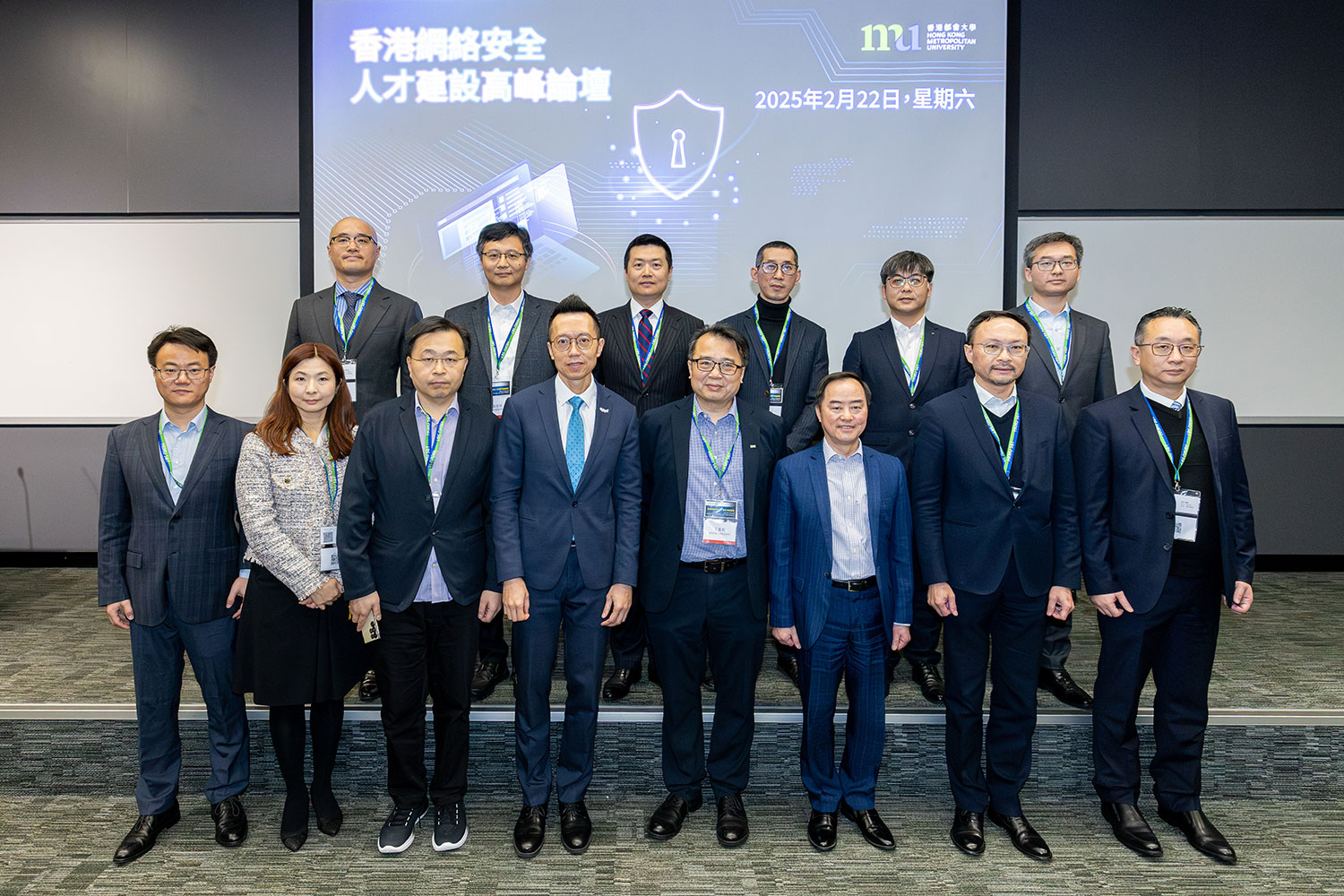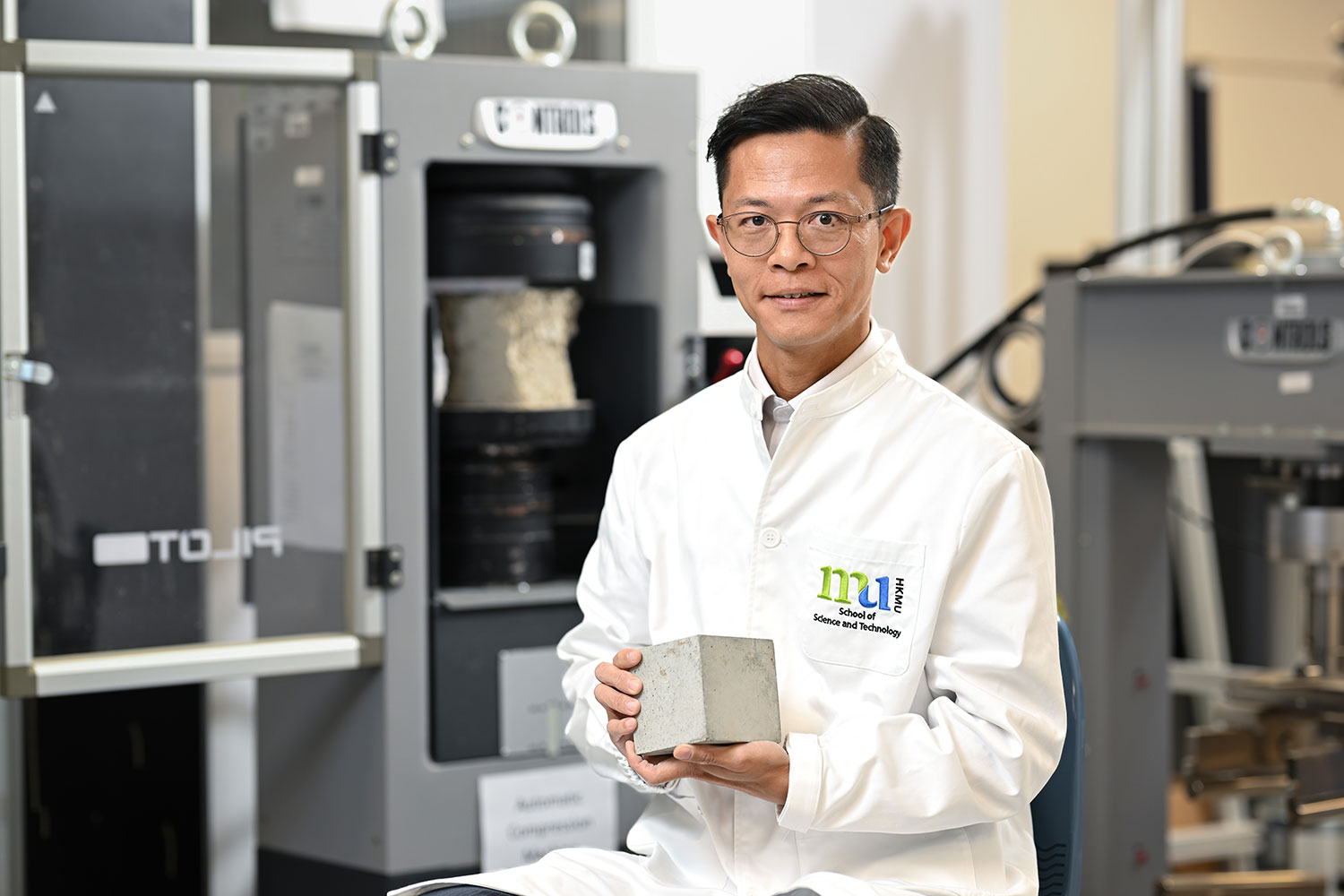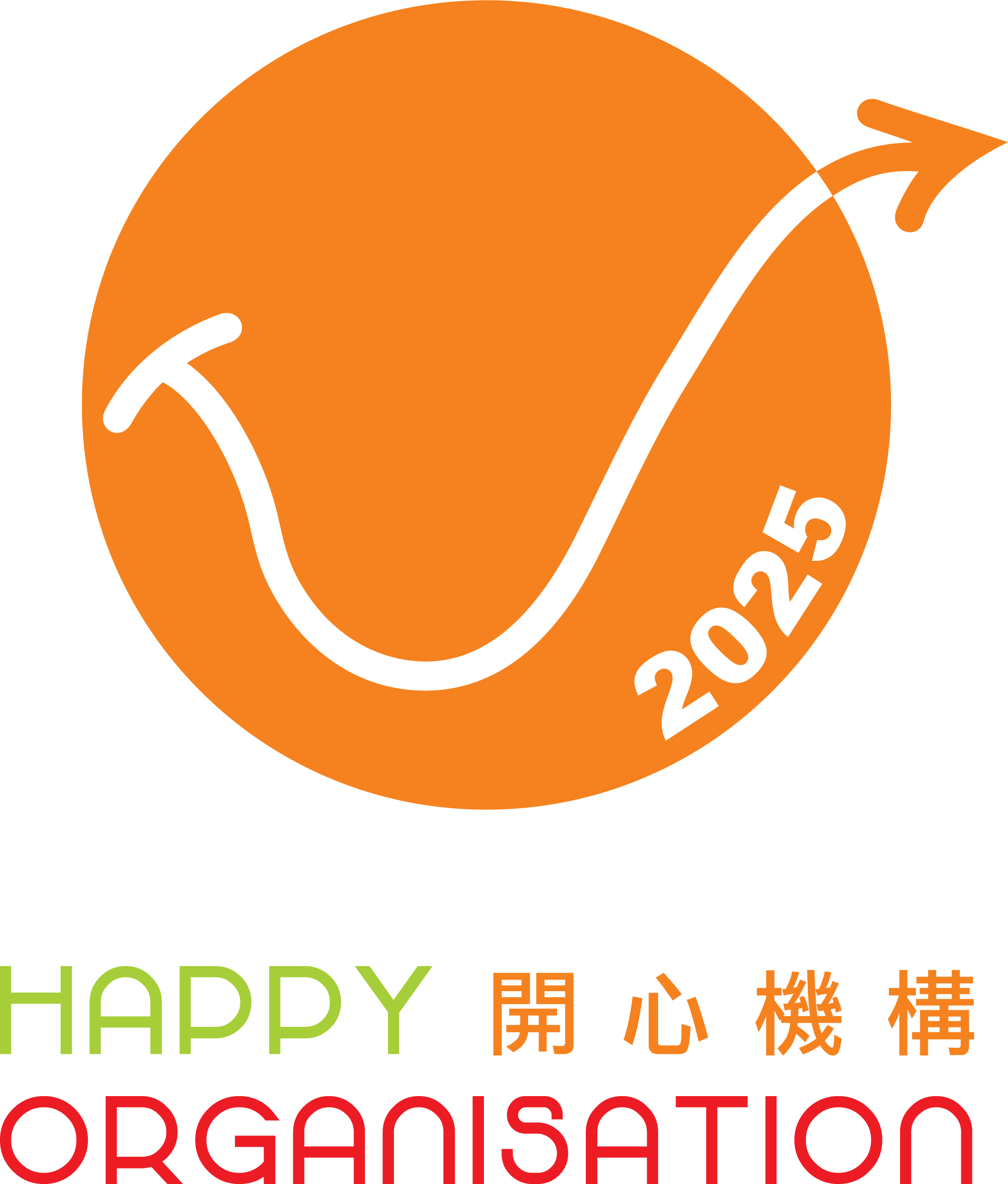p>
Prof. Nora Tam Fung-yee has been engaged in environmental science research for 40 years. She is the first scholar in the world to discover the ability and mechanism of mangroves in purifying sewage and degrading persistent organic toxic pollutants. She has also pioneered the constructed mangrove wetland sewage treatment system. Early this year, Stanford University released a list of the world’s top 2% scientists and Prof. Tam, together with President Prof. Paul Lam, Vice-President (Students and Support) Prof. Ricky Kwok, and former President Prof. John Leong, are on the list. Joining the OUHK in September 2020 as Chair Professor of Environmental Science and Conservation, Prof. Tam is now leading the research team of the Centre for Research in Environmental Science to further enhance the University’s scientific research capabilities.
Q: Why did you join the OUHK, which focuses mainly on teaching rather than scientific research? What is your impression of the research team?
A: This is truly a misunderstanding. In fact, environmental science research at the OUHK set off very early but has only been developing in full swing in the past decade. The laboratories are thus well equipped with the latest and most advanced equipment. With postgraduate and doctoral students being admitted in recent years, both funding and talent resources here are not inferior to those of the UGC-funded universities. A few years ago, the OUHK team followed me to the Shenzhen Mangrove Nature Reserve and collaboration between the two parties has begun since then. I am really impressed by the young, enthusiastic and aspiring team members.
Q: What is the current research direction?
A: I’ve been concentrating on research in pollution, plants and constructed wetlands, while the team’s interest lies in microorganisms, especially the community structure and variations of algal composition in the ecosystems. This is not a common topic in traditional research, which I think is worthy of support. It is only by opening up new avenues can you carve out a unique reputation. In recent years, my research focus has shifted from toxic pollutants to microplastics and antibiotics, exploring their impact on the ocean and their relationship with mangroves.
Q: How will you lead the team and the development of the research centre?
A: In addition to research work, I hope to help them enhance the ability of writing academic papers and increase the chances of receiving funding by writing better proposals. I will also share with them my experience in coaching postgraduate students and managing laboratories. My personal research network is quite strong, so I will support them to obtain more resources and collaboration opportunities through different channels.
Q: You’ve become an internationally renowned scholar since your early years. How would you describe your research journey? Where does your motivation come from?
A: I was just lucky to see something that no one had discovered before. Back then, the funds for environmental protection and ecological research were very limited, and the task was arduous. However, I managed to go with the flow and do everything with my heart. My greatest motivation comes from nurturing students to achieve success, get a satisfying job, or even take up the baton in scientific research. Seeing that my research results can help Hong Kong, the mainland and even the world also encourages me to carry on. I love nature — it’s where I can forget all my worries and never feel tired.




















